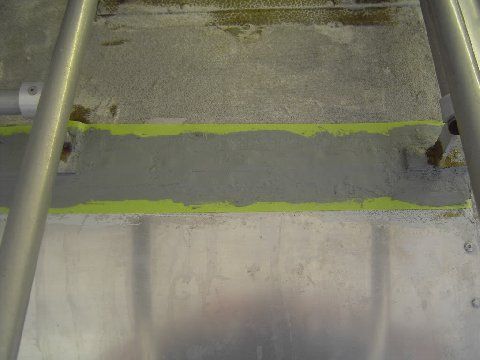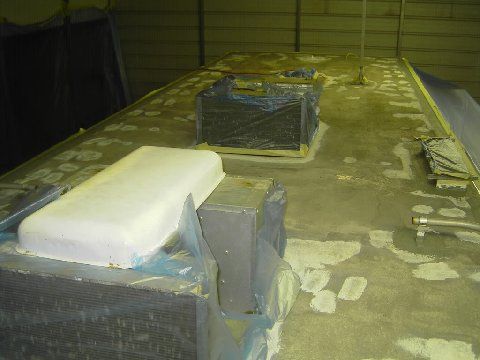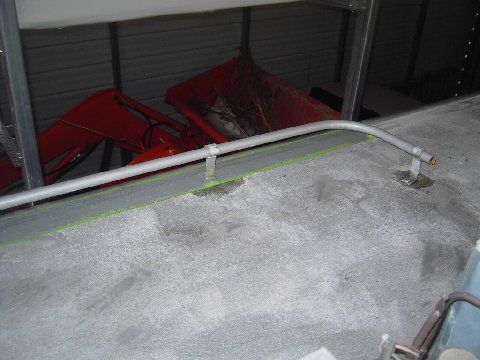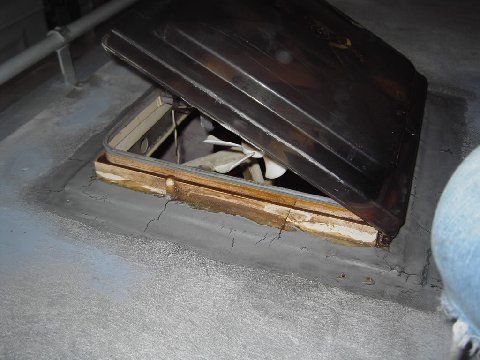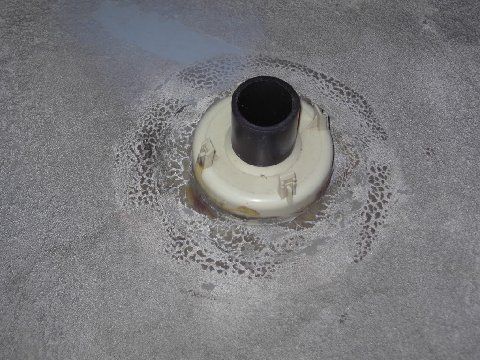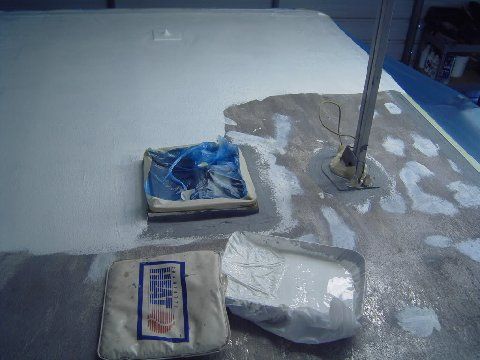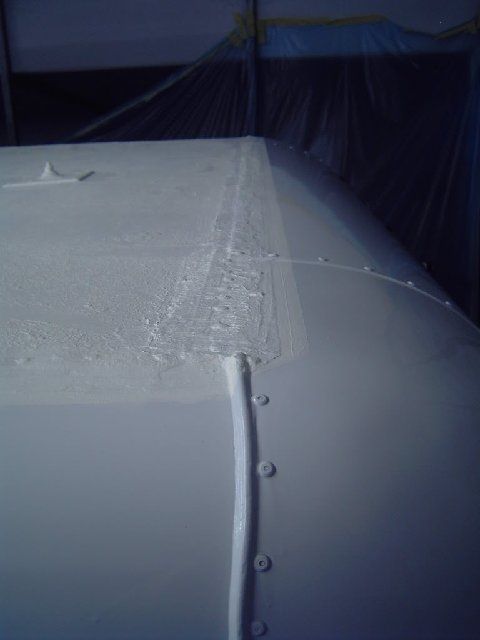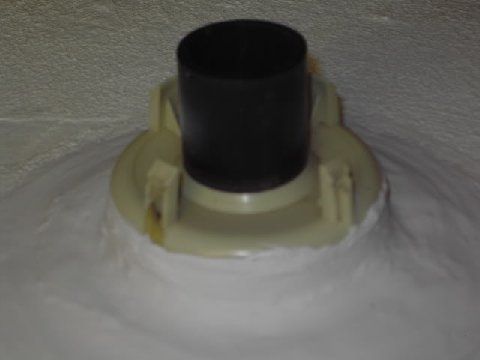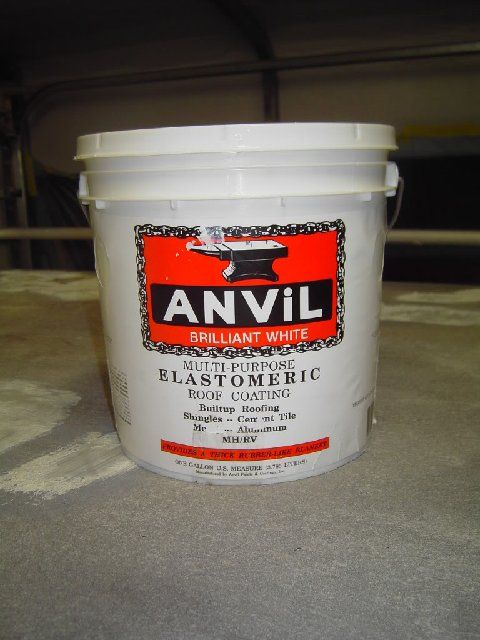03-26-2011, 10:45 AM
Bruce & KathleenPertinent Tech Talk Information
Great Tire Informationquote:Originally posted by Bill N.Y.:
"Arming You With Some Facts".
First thing - Do not put on a tire with a P as the first number. Example P225/60R16 - These are Passenger car tires!!!
Most tire shops have a rack they go to when they sell used tires. Junk yards too... You'll just need to figure out how to read the tire code info so you don't wind up with a tire that looks good, but is older than the ones you've got on there now.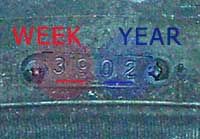
3902: 39th week of 2002.
A three digit code was used for tires manufactured before 2000. Example of one: 379 means it was manufactured in the 37th week of the 9th year from that decade.
In this case it means 1989 or 1979 or ???.
Tires manufactured in the 1990s, the same sequence, but now there's a triangle Δ after the DOT code. So, a tire manufactured in the 37th week of 1999 would have the code 379Δ.
From 2000 on the 4 digit code is like above. Same rules apply. So, for example: 2701 means the tire manufacture date is... 27th week of 2001.
... Do not use a tire that is more than 6 years old -
I copied everything below from a site that I am a reluctant fundraiser for... www.nhtsa.gov - seeing that I, and the rest of you paid for this info, I have no problems with copying their work.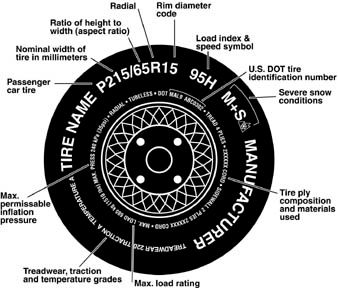
P
The "P" indicates the tire is for passenger vehicles.
Next number
This three-digit number gives the width in millimeters of the tire from sidewall edge to sidewall edge. In general, the larger the number, the wider the tire.
Next number
This two-digit number, known as the aspect ratio, gives the tire's ratio of height to width. Numbers of 70 or lower indicate a short sidewall for improved steering response and better overall handling on dry pavement.
R
The "R" stands for radial. Radial ply construction of tires has been the industry standard for the past 20 years.
Next number
This two-digit number is the wheel or rim diameter in inches. If you change your wheel size, you will have to purchase new tires to match the new wheel diameter.
Next number
This two- or three-digit number is the tire's load index. It is a measurement of how much weight each tire can support. You may find this information in your owner's manual. If not, contact a local tire dealer. Note: You may not find this information on all tires because it is not required by law.
M+S
The "M+S" or "M/S" indicates that the tire has some mud and snow capability. Most radial tires have these markings; hence, they have some mud and snow capability.
Speed Rating
The speed rating denotes the speed at which a tire is designed to be driven for extended periods of time. The ratings range from 99 miles per hour (mph) to 186 mph. These ratings are listed below. Note: You may not find this information on all tires because it is not required by law.
Letter Rating
Speed Rating
Q: 99 mph
R: 106 mph
S: 112 mph
T: 118 mph
U: 124 mph
H: 130 mph
V: 149 mph
W: 168* mph
Y: 186* mph
* For tires with a maximum speed capability over 149 mph, tire manufacturers sometimes use the letters ZR. For those with a maximum speed capability over 186 mph, tire manufacturers always use the letters ZR.
U.S. DOT Tire Identification Number
This begins with the letters "DOT" and indicates that the tire meets all federal standards. The next two numbers or letters are the plant code where it was manufactured, and the last four numbers represent the week and year the tire was built. For example, the numbers 3197 means the 31st week of 1997. The other numbers are marketing codes used at the manufacturer's discretion. This information is used to contact consumers if a tire defect requires a recall.
Tire Ply Composition and Materials Used
The number of plies indicates the number of layers of rubber-coated fabric in the tire. In general, the greater the number of plies, the more weight a tire can support. Tire manufacturers also must indicate the materials in the tire, which include steel, nylon, polyester, and others.
Maximum Load Rating
This number indicates the maximum load in kilograms and pounds that can be carried by the tire.
Maximum Permissible Inflation Pressure
This number is the greatest amount of air pressure that should ever be put in the tire under normal driving conditions.
UTQGS Information (Uniform Tire Quality Grading Standards)
Treadwear Number
This number indicates the tire's wear rate. The higher the treadwear number is, the longer it should take for the tread to wear down. For example, a tire graded 400 should last twice as long as a tire graded 200.
Traction Letter
This letter indicates a tire's ability to stop on wet pavement. A higher graded tire should allow you to stop your car on wet roads in a shorter distance than a tire with a lower grade. Traction is graded from highest to lowest as "AA","A", "B", and "C".
Temperature Letter
This letter indicates a tire's resistance to heat. The temperature grade is for a tire that is inflated properly and not overloaded. Excessive speed, underinflation or excessive loading, either separately or in combination, can cause heat build-up and possible tire failure. From highest to lowest, a tire's resistance to heat is graded as "A", "B", or "C".
Additional Information on Truck Tires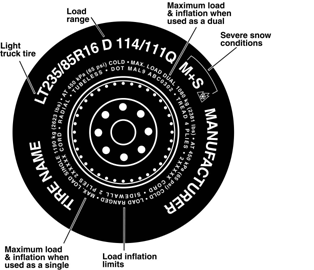
Tires for light trucks have other markings besides those found on the sidewalls of passenger tires.
LT
The "LT" indicates the tire is for light trucks.
Max. Load Dual kg(lbs) at kPa(psi) Cold
This information indicates the maximum load and tire pressure when the tire is used as a dual, that is, when four tires are put on each rear axle (a total of six or more tires on the vehicle).
Max. Load Single kg(lbs) at kPa(psi) Cold
This information indicates the maximum load and tire pressure when the tire is used as a single.
Load Range
This information identifies the tire's load-carrying capabilities and its inflation limits.
Snow Tires
In some heavy snow areas, local governments may require true snow tires, those with very deeply cut tread. These tires should only be used in pairs or placed on all four wheels. Make sure you purchase snow tires that are the same size and construction type as the other tires on your vehicle.
